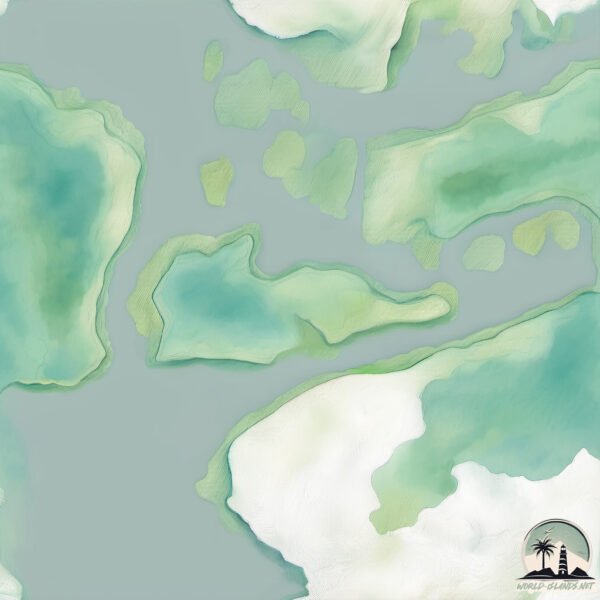Welcome to Song Shan , a Temperate island in the Eastern China Sea, part of the majestic Pacific Ocean. This guide offers a comprehensive overview of what makes Song Shan unique – from its geography and climate to its population, infrastructure, and beyond. Dive into the details:
Geography and size of Song Shan
Size: 0.859 km²Coastline: 5 kmOcean: Pacific OceanSea: Eastern China SeaContinent: Asia
Song Shan is a Tiny Island spanning 0.859 km² with a coastline of 5 km.
Archipel: –
Tectonic Plate: Yangtze – A minor tectonic plate in East Asia, often considered a part of the Eurasian Plate. It’s primarily continental and covers the Yangtze River area in China, playing a significant role in the region’s geological stability.
The geographic heart of the island is pinpointed at these coordinates:
Climate and weather of Song Shan
Climate Zone: TemperateClimate Details: Humid Subtropical ClimateTemperature: Hot Summer
Climate Characteristics: With continuous rainfall and hot summers, this climate is common in some coastal regions, supporting diverse vegetation.
Topography and nature of Song Shan
Timezone: UTC+08:00Timezone places: Australia/PerthMax. Elevation: 41 m Mean Elevation: 8 mVegetation: Evergreen Needleleaf ForestTree Coverage: 70%
The mean elevation is 8 m. The highest elevation on the island reaches approximately 41 meters above sea level. The island is characterized by Plains: Flat, low-lying lands characterized by a maximum elevation of up to 200 meters. On islands, plains are typically coastal lowlands or central flat areas.
Dominating Vegetation: Evergreen Needleleaf Forest
Vegetation: 4 vegetation zones – Diverse Island
Infrastructure and Travelling to Song Shan
Does the island have a public airport? no .
Does the island have a major port? no .
The mean population of Song Shan is 1314 per km². Song Shan is Densely Populated. The island belongs to China .
Continuing your journey, Zhoushan Dao is the next notable island, situated merely km away.
Shakaal (शाकाल ) - Theme Music | Usha Uthup | Shaan (1980) | Best quality | #sonimittar
Shakaal - The island hideout was filmed in Steep Holm, an English island lying in the Bristol Channel. Music Credits
Shakaal (शाकाल ) - Theme Music | Usha Uthup | Shaan (1980) | Best quality | #sonimittar
Shakaal - The island hideout was filmed in Steep Holm, an English ...
Shakaal - The island hideout was filmed in Steep Holm, an English island lying in the Bristol Channel. Music Credits
Shakaal ...
Shaan 1980 P1 - Shakaal's island (Steep Holm, Bristol Channel)
Shaan 1980 - Steep Holm Location.
Shaan 1980 - Steep Holm Location.
Shaan in Mauritius
Escape to paradise with Mauritius!
Shaan, the soulful voice behind ...
Escape to paradise with Mauritius!
Shaan, the soulful voice behind countless Bollywood hits, was mesmerized by the ...
China is classified as Emerging region: BRIC: Brazil, Russia, India, and China – Economies noted for their rapid growth and increasing influence on global affairs. The level of income is Upper middle income.
News – Latest Updates and Headlines from Song Shan
Stay informed with the most recent news and important headlines from Song Shan. Here’s a roundup of the latest developments.
Loading...
Please note: The data used here has been primarily extracted from satellite readings. Deviations from exact values may occur, particularly regarding the height of elevations and population density. Land area and coastline measurements refer to average values at mean high tide.

